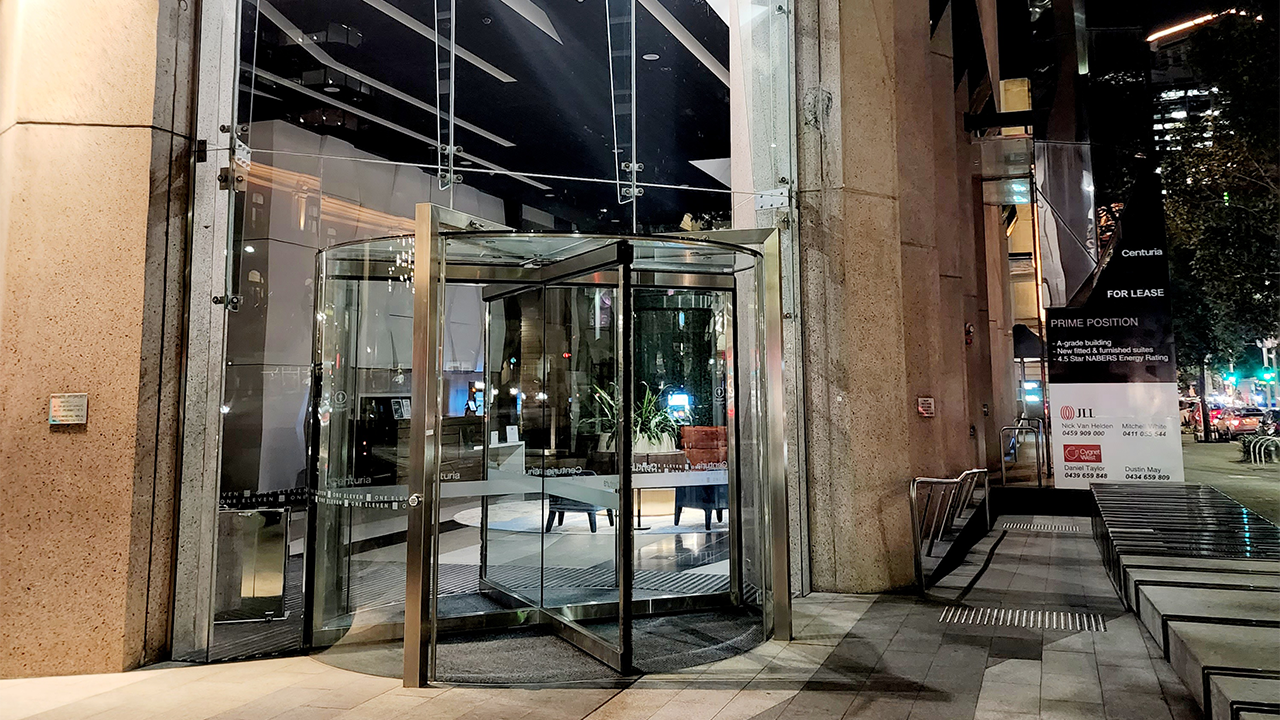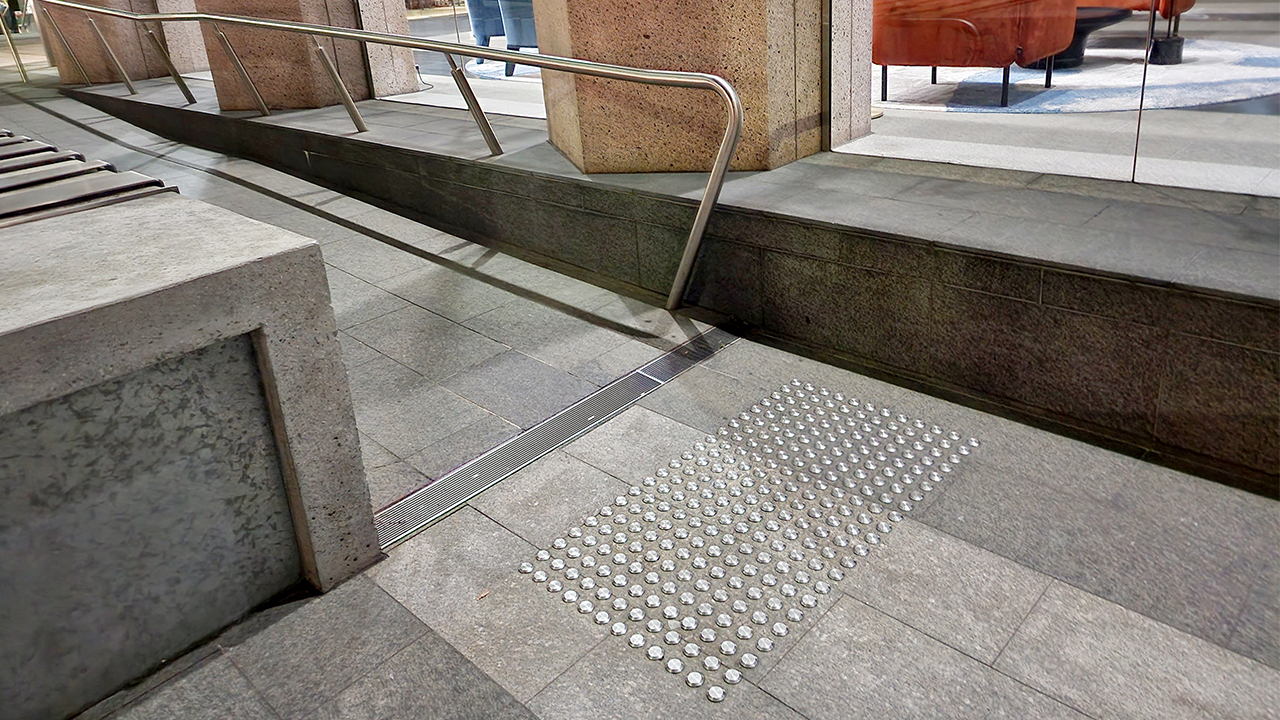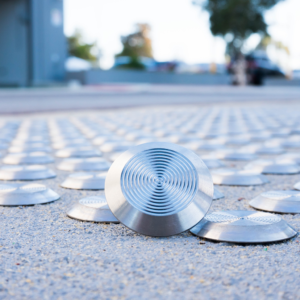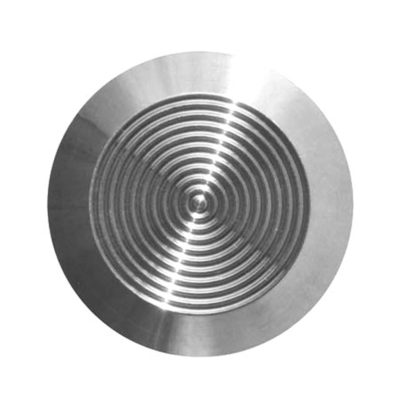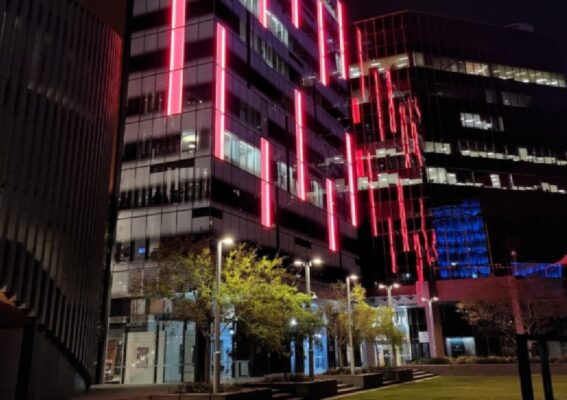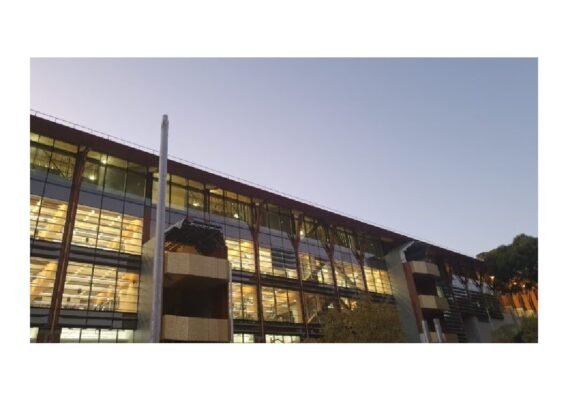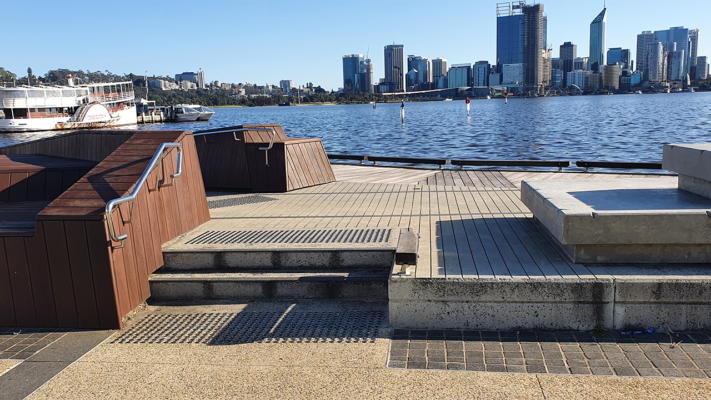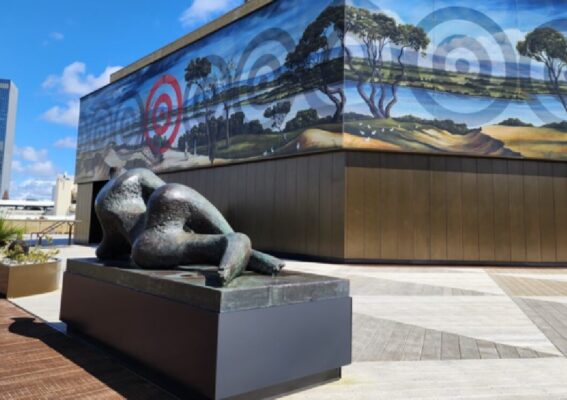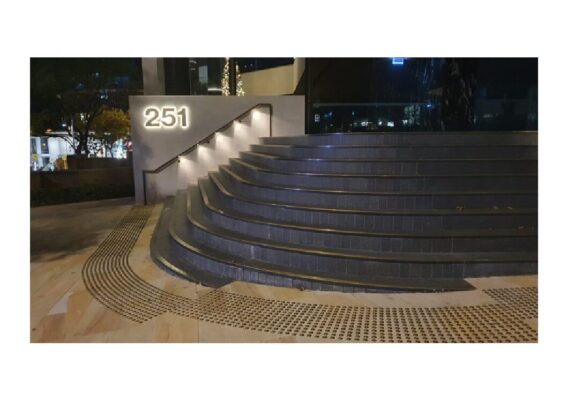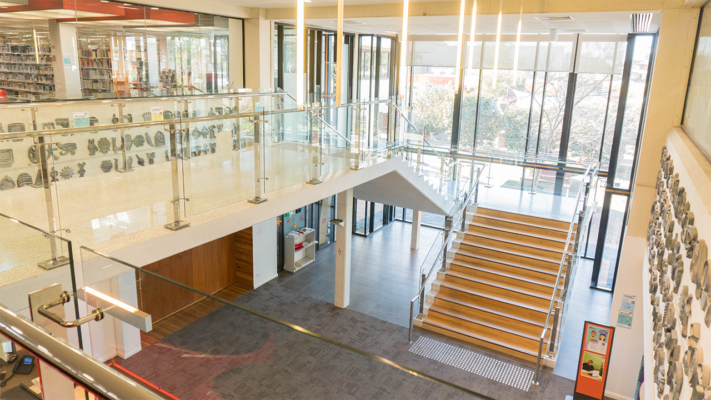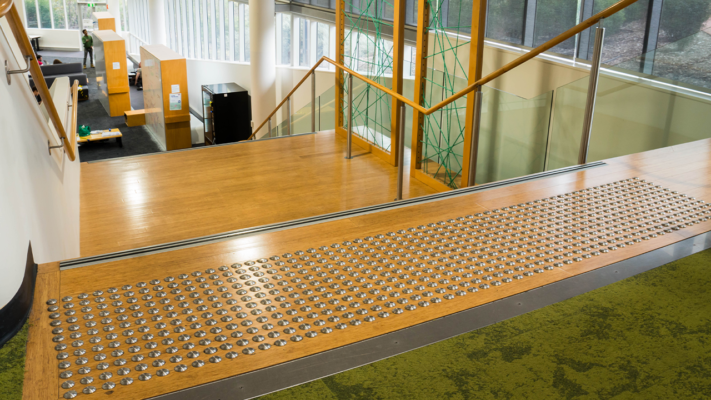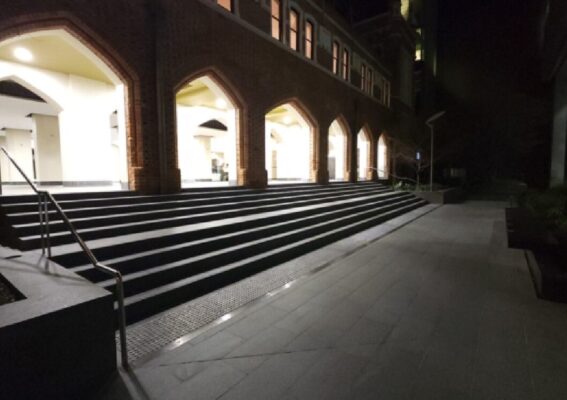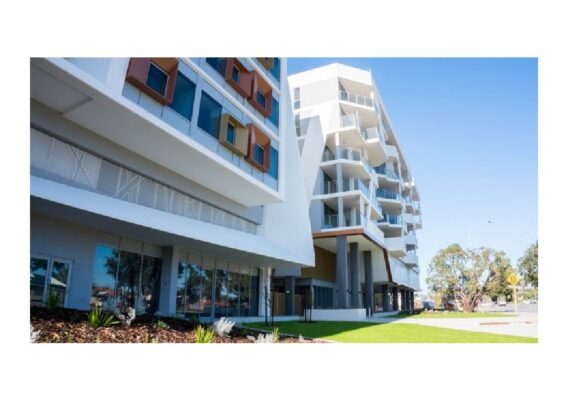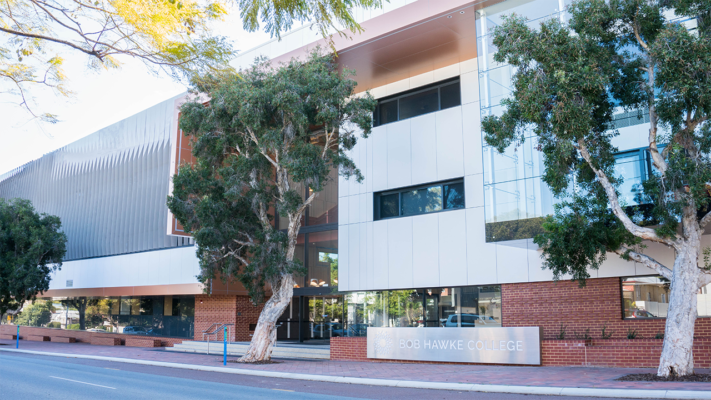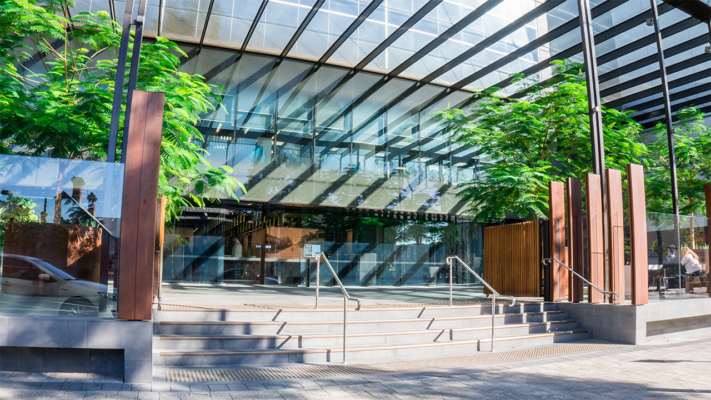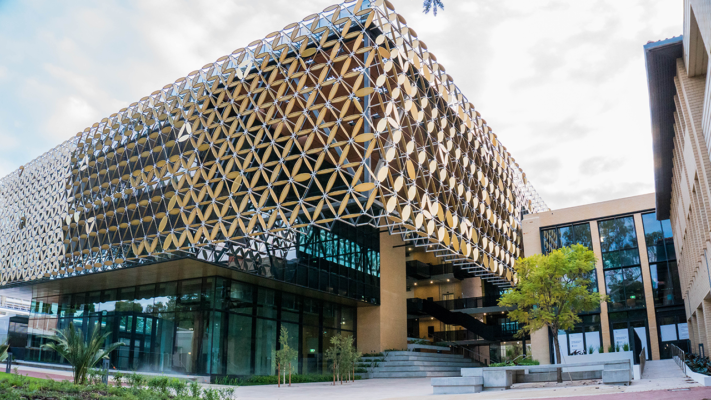The One Eleven Building in Western Australia, known for its modern architectural design and contemporary appeal, is a hub for business and innovation. However, to ensure it meets the diverse accessibility needs of its occupants and visitors, the building’s management sought the expertise of Dottac, a renowned company specializing in tactile solutions. Dottac’s innovative use of stainless steel tactile indicators played a pivotal role in transforming the One Eleven Building into a symbol of inclusivity and modern accessibility.
The One Eleven Building is emblematic of urban sophistication and innovation, housing a diverse range of businesses and services. While its design is aesthetically pleasing and contemporary, it became clear that accessibility needed to be addressed to accommodate the diverse needs of its occupants and visitors. Dottac’s expertise in tactile solutions made them the ideal choice to tackle this challenge.
Tactile indicators are vital tools for enhancing accessibility in public spaces. They provide essential sensory information to individuals with visual impairments, guiding them safely and independently. The incorporation of tactile indicators at the One Eleven Building marked a significant step towards achieving accessibility goals.
Dottac’s involvement in the project began with a comprehensive assessment of the One Eleven Building’s premises. This assessment aimed to identify key areas where tactile indicators could have the most significant impact. Collaborating closely with building management and accessibility experts, Dottac ensured that the installation would be tailored to meet the unique requirements of the modern business complex.
The entrance to the One Eleven Building was one of the primary areas of focus. Dottac strategically installed stainless steel tactile indicators at the entrances, marking the transition from the exterior to the interior. These tactiles provided clear and tactile cues, making it easier for tenants, employees, and visitors with visual impairments to locate and access the building’s main entrance independently.
Inside the building, tactiles were placed strategically to guide individuals towards different areas, including reception desks, elevators, conference rooms, and common spaces. These indicators formed tactile pathways, ensuring that individuals with visual impairments could navigate the building with confidence. The tactiles’ raised dots and patterns provided tactile feedback, helping occupants and visitors identify directional cues and transitions.
Stainless steel was chosen for the tactile indicators for both its durability and modern aesthetic appeal. Stainless steel is renowned for its corrosion resistance, making it ideal for long-term outdoor and indoor use. The sleek appearance of the stainless steel tactiles complemented the One Eleven Building’s contemporary design, adding a touch of sophistication while ensuring durability.
Multi-level buildings like the One Eleven Building often feature staircases, and these were a key focus area for accessibility improvements. Dottac addressed this by installing tactile indicators on staircases throughout the building. These tactiles featured raised dots and tactile patterns that clearly defined each step, enhancing safety and accessibility.
Elevators, essential for multi-story buildings, also received Dottac’s attention. Tactile indicators were strategically positioned near elevator doors, aiding occupants and visitors in locating and accessing elevators independently. This not only improved accessibility but also demonstrated the One Eleven Building’s commitment to inclusivity and modernity.
The installation of stainless steel tactile indicators at the One Eleven Building was a testament to Dottac’s dedication to accessibility and inclusivity. These tactile indicators were more than functional; they represented a commitment to making modern business spaces and services accessible to everyone, regardless of their abilities. The One Eleven Building’s commitment to accessibility, as demonstrated through its collaboration with Dottac, transformed it into a more welcoming and inclusive business complex.
Furthermore, the tactiles significantly contributed to the safety and confidence of occupants and visitors with visual impairments. By providing clear and tactile cues, they facilitated independent navigation and reduced the risk of accidents, enhancing the overall experience within the building.
In conclusion, Dottac’s innovative use of stainless steel tactile indicators at the One Eleven Building in Western Australia was a significant milestone in enhancing accessibility and inclusivity in a modern business complex. The project not only made the building more accessible but also emphasized the importance of thoughtful design and tactile solutions in creating a welcoming and inclusive environment. The One Eleven Building’s commitment to accessibility sets an example for contemporary business spaces, highlighting the significance of accessibility and inclusivity in fostering a modern and innovative workplace.
